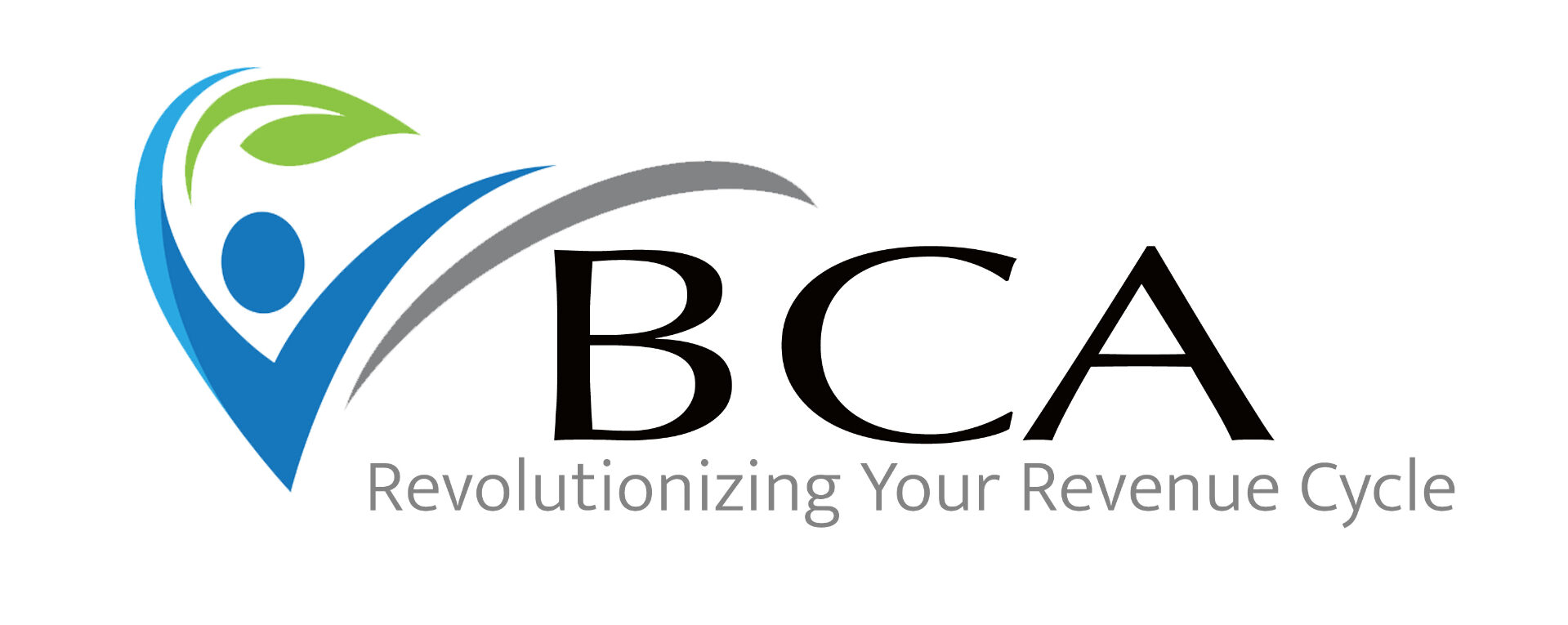As the healthcare landscape evolves, Federally Qualified Health Centers and Rural Health Clinics are presented with a strategic opportunity. The complex transition from a fee-for-service model to a value-based reimbursement model is not just a regulatory requirement but a chance to significantly enhance patient outcomes and ensure long-term financial sustainability. A strategic approach is crucial in navigating this transition.
Understanding the Landscape
The current fee-for-service model, where providers are paid based on the volume of care delivered, often leads to fragmented care and escalating costs. Our review of thousands of FQHC and RHC records reveals that providers frequently undervalue their services to financially benefit their patients. While the hearts of these providers are in the right place, this practice does not support the long-term financial stability of health centers. Additionally, clinicians are expected to see more patients to make ends meet financially due to provider shortages, leading to increased burnout and further provider shortages. We have noticed an increasing trend in this area as we’ve moved through the COVID-19 pandemic and continue to struggle with clinician recruitment more than ever in our health centers. Providers frequently report working beyond the regular business day to document and capture all required information for each visit, compounded by the number of patients they must see daily.
In contrast, the value-based reimbursement model emphasizes quality over quantity. Providers are incentivized to deliver high-quality care that improves patient outcomes while controlling costs. This shift aligns financial incentives to provide holistic, patient-centered care. Providers can prioritize effective treatments, preventive care, and chronic disease management by focusing on value. This model not only enhances patient satisfaction and outcomes but also supports the well-being of clinicians.
Additionally, the burden on clinicians can be alleviated by incorporating a team of other professionals, such as scribes, nurses, care managers, behavioral health, and billing and coding staff, to assist with patient needs. This collaborative approach ensures quality results in patient care while allowing health centers to receive appropriate compensation without requiring a clinician to interact with every patient directly. This support system helps to create a more manageable and rewarding work environment for clinicians, mitigating burnout and improving overall care delivery.
Challenges in Transitioning
The transition to value-based reimbursement presents several challenges:
Operational Changes: Implementing value-based care requires significant changes in operations, including enhanced data collection, analysis capabilities, and new workflows. While FQHCs and RHCs are no strangers to data collection and reporting efforts, we are seeing a shift to better capture diagnosis and Social Determinants/Drivers of Health data.
Financial Risk: Providers face financial risks if they fail to meet performance metrics. It is crucial to understand the risk-sharing arrangements and to plan accordingly. When negotiating contracts under this model, please know your agreement’s upside and downside expectations and consequences.
Education and Training: Continuous education and staff training are crucial to effectively adapting to new care models and reporting requirements. When planning training programs, it’s essential to consider each staff member’s role and the most effective training method. Clinicians often prefer and perform better with in-person training sessions rather than on-demand options. In contrast, many front office and coding staff members typically appreciate and derive significant benefits from on-demand training formats. Tailoring training to match these preferences can enhance learning outcomes and overall staff satisfaction.
Strategic Steps for Success
To successfully navigate this transition, FQHCs and RHCs should consider the following strategies:
Invest in Data Management: Implement robust data management systems to collect and analyze patient data, track performance metrics, and identify areas for improvement. Utilize the reporting you receive from payers to identify care gaps and implement pre-visit planning to help close those gaps timely.
Focus on Patient Engagement: Engage patients in their care through education, preventive services, behavioral health, and chronic disease management programs. Get innovative with these programs, such as offering healthy cooking classes, walking groups, peer support resources, and food pantries.
Develop Strong Partnerships: Collaborate with other healthcare providers and payers to coordinate care and share best practices. Connect with local organizations to support your community’s health goals.
Where do I start?
At BCA, we specialize in guiding FQHCs and RHCs through this transition through process improvement and data capture. Our tailored solutions address each organization’s unique challenges, helping you achieve financial sustainability and improved patient outcomes. You can learn more about our services at bcarev.com or contact info@bcarev.com.
